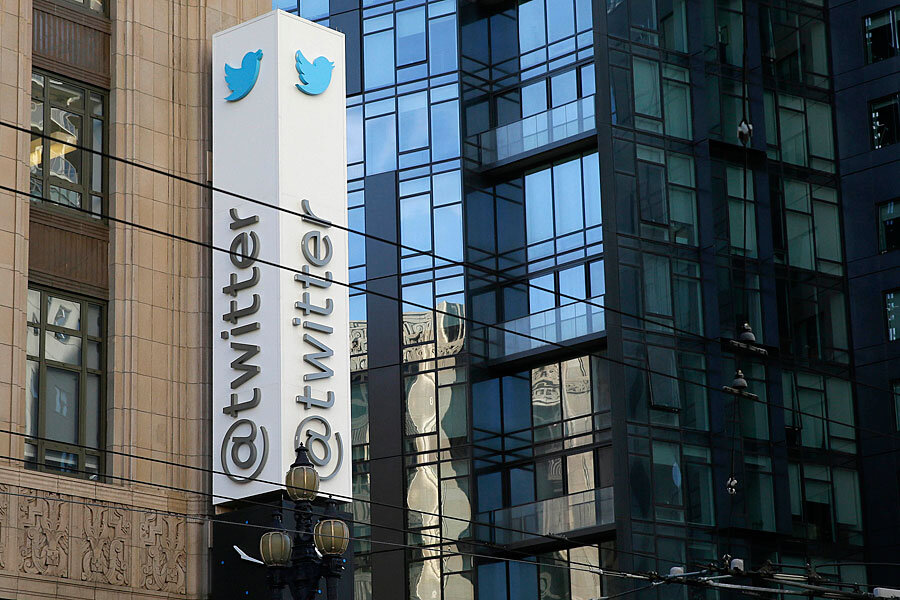Will 10,000-character tweets work for Twitter?
Loading...
Is 140 characters too short?
Twitter co-founder and CEO Jack Dorsey confirmed possible changes to Twitter's platform on Tuesday when he unveiled plans to consider expanding the limit to 10,000 characters at the end of March.
This potential change comes on the heels of Mr. Dorsey's return to the company's CEO position in October, following a short stint as acting CEO. Dorsey previously held that job until 2008. According to USA Today, Twitter's leadership shakeup was the company's response to slow user growth. Tuesday's announcement is just one of many user interface changes intended to make the product more accessible to mainstream users.
Dorsey's Tuesday afternoon tweet framed the possibility of longer tweets as a way to give users more freedom. He praised the "creativity and brevity" of the 140-character limit, calling it a "beautiful constraint." Instead of changing Twitter's identity altogether, Dorsey expressed hopes that an expanded limit would promote the platform's "conversational nature" and empower those who might feel constrained by 140 characters.
The Wall Street Journal notes that Twitter users have a history of finding imaginative ways to circumvent character limits.
Some users use "tweetstorms," a method of posting a single message through multiple, numbered tweets. Others take screenshots of longer posts and then upload the images. That's what Dorsey did with his 1,317-character announcement.
The potential character-limit expansion prompted individuals to consider the impact that longer tweets would have on the nature of Twitter and its users. Many responses were negative.
Some expressed concern that longer limits would alter the character of the platform, making it more like Facebook.
Others pointed to Twitter's lack of certain other features:
Twitter has not turned a profit since its 2006 launch, but has been an integral part of Internet culture for nearly a decade.
Although often criticized as a platform for so-called hashtag activism, Twitter has played a very real role in popular protest and political change.
According to an article in The Atlantic last year, We the Protesters activist DeRay Mckesson used Twitter heavily to report on the situation in Ferguson, Mo., last year. He credits the platform with enabling him to reach a broader audience.
Others have used Twitter to cover breaking stories such as the Arab Spring, or to organize protests such as those against the kidnapping of 219 Nigerian schoolgirls by the militant Islamist group Boko Haram.
One Wall Street Journal article about Dorsey's statement on Tuesday indicated that expanded character limits would allow news outlets to post content directly to the platform, rather than posting links that take traffic away from Twitter itself.
Will the extra characters change Twitter's character? A 10,000-character limit could measurably change Twitter's content, but perhaps not its message of individual empowerment. As Dorsey tweeted, "We're not going to be shy about building more utility and power into Twitter for people. As long as it's consistent with what people want to do, we're going to explore it."





